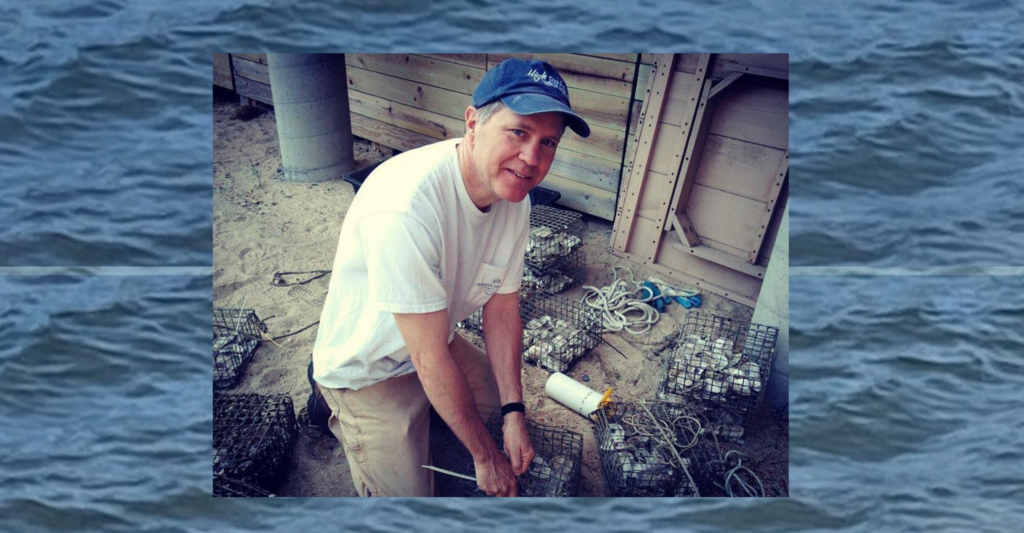

Phytoplankton is the basis of marine food chain. Reductions in eutrophication will likely be beneficial for oyster diets if such reductions result in fewer dinoflagellate blooms and in picocyanobacteria abundance during the critical feeding summer months. Over five experiments, oysters (500700 m) were fed supplementary rations of live microalgae or microalgal pastes. Microalgae play a crucial nutritional role for the marine animals. cordatum) and Heterocapsa rotundatum, that can detrimentally affect oyster growth. The Myzozoa included several common harmful algal bloom taxa, including Prorocentum minimum (= P.
ALGAE FEED FOR OYSTER SPAT CRACK
Oysters appeared to preferentially graze–or at least preferentially retain in the gut–various (unidentified) flagellates, Ochrophyta (diatoms) and Myzozoa (dinoflagellates), and appeared to generally reject cyanobacteria, especially picocyanobacteria, from their diet. Algal feed firm eyes up US oyster opportunities Competitions Hatcheries Feed ingredients Nutrition by The Fish Site 13 December 2017, at 7:13am TomAlgae, the feed firm specialising in the production of freeze-dried algae to be used as feed in shrimp and oyster hatcheries, is looking to crack the North American oyster market.

Food selectivity was calculated using a modified electivity index (E i), which relates phytoplankton composition in the gut to that in the water. Growth was higher in the second year of the study when flow was lower and salinity higher. Magallana gigas is an oyster species that originates from north-eastern Asia, but has been widely introduced elsewhere for aquaculture.Although highly variable, its invasiveness has been demonstrated in several countries and it is therefore considered as a pest or a noxious species in such areas (Ashton, 2001 Blake, 2001 Orensanz et al., 2002). Oysters were measured in height to determine growth, and the phytoplankton in their gut were examined both microscopically and using indicator pigments and compared with phytoplankton abundance and composition in the water column. they swim with and use to feed on small phytoplanktonic algae (3 to 4m). A subset of experimentally suspended oysters was collected monthly and environmental parameters were simultaneously measured. Hatchery spat is different from wild-collected spat in the following ways. A 2-year study was undertaken to understand feeding preferences of the eastern oyster Crassostrea virginica in the eutrophic Rhode River, a tributary of Chesapeake Bay, Maryland, USA.


 0 kommentar(er)
0 kommentar(er)
